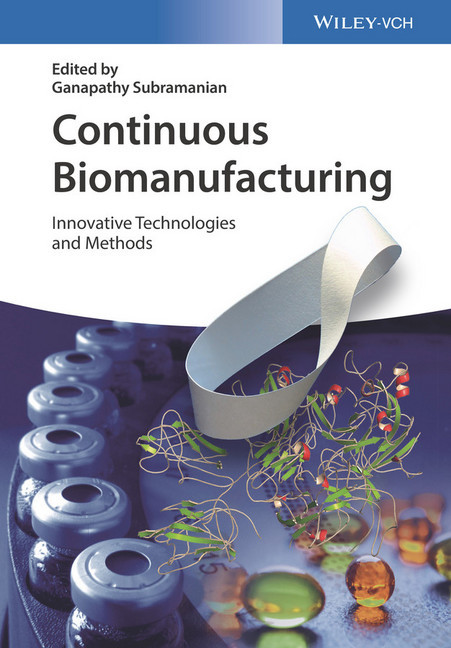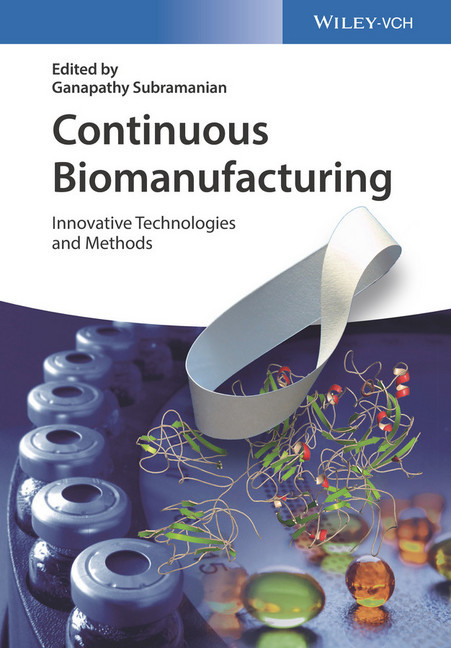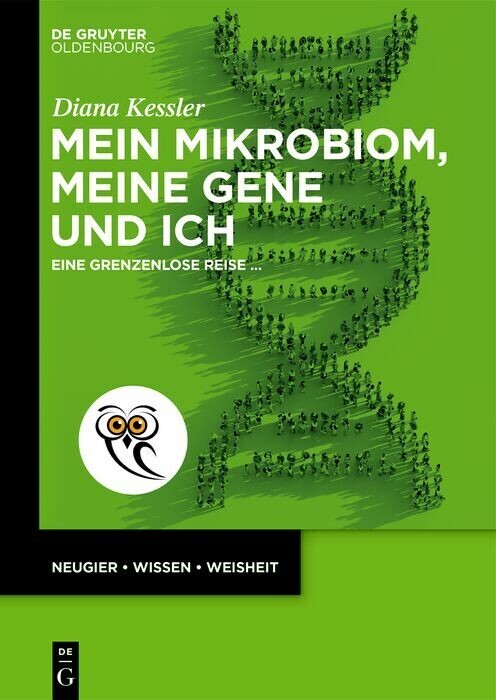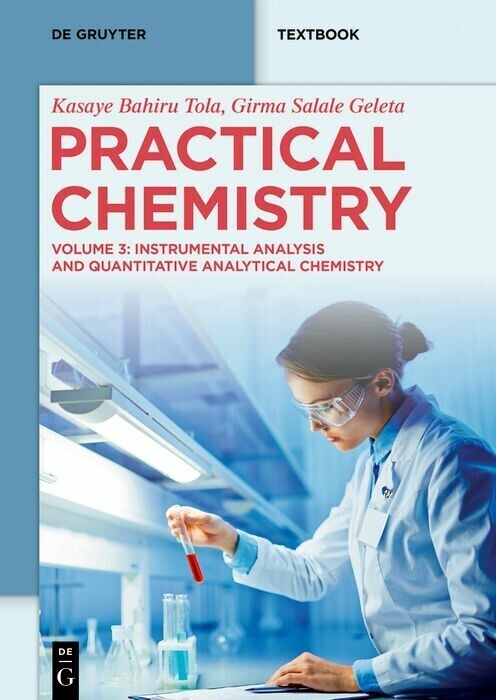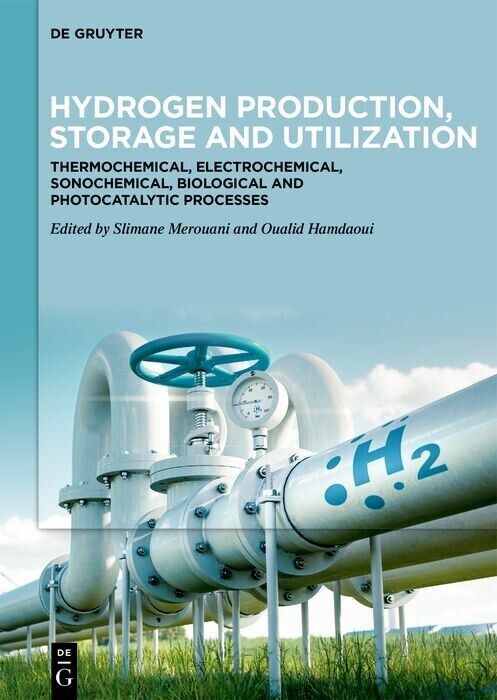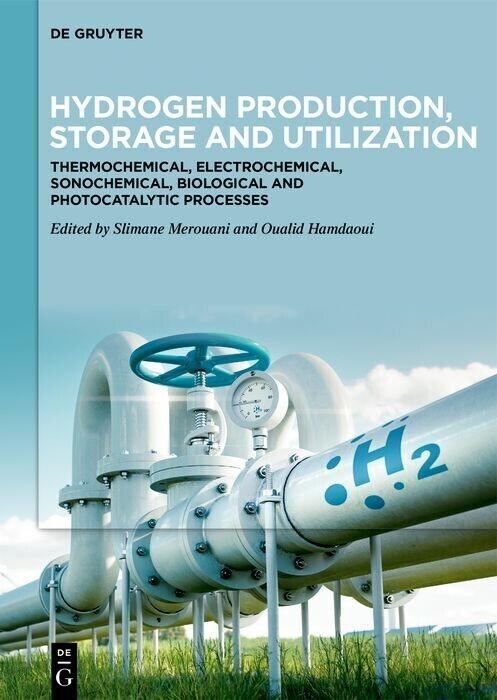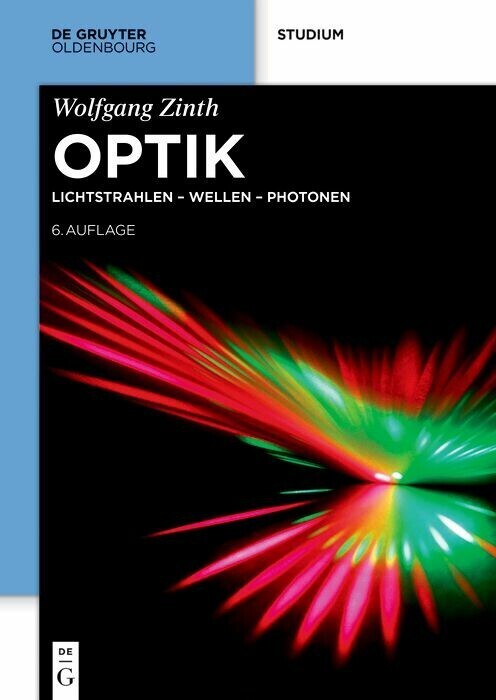Continuous Biomanufacturing
Innovative Technologies and Methods
This is the most comprehensive treatise of this topic available, providing invaluable information on the technological and economic benefits to be gained from implementing continuous processes in the biopharmaceutical industry.
Top experts from industry and academia cover the latest technical developments in the field, describing the use of single-use technologies alongside perfusion production platforms and downstream operations. Special emphasis is given to process control and monitoring, including such topics as 'quality by design' and automation. The book is supplemented by case studies that highlight the enormous potential of continuous manufacturing for biopharmaceutical production facilities.
Dr. Ganapathy Subramanian is a biotechnology consultant with over 30 years of experience in industry and academia, encompassing the application and development of processing, purification methodologies, and chromatographic systems for large scale use in environmental science, food science, perfumery, cosmetics, and pharmaceuticals. He has also taught extensively in the area of food and medical technology.
A chemistry graduate from Madras, India, Dr. Subramanian was awarded his doctorate from the University of Glasgow for work on natural products. His main research interests lie in the utilization of natural material separation processes and bioconversions.
Dr. Subramanian has written and edited a number of books and articles in the field of biotechnology. For the last 15 years, he has been organizing conferences promoting the integration and sharing of knowledge between academia and industry.
Top experts from industry and academia cover the latest technical developments in the field, describing the use of single-use technologies alongside perfusion production platforms and downstream operations. Special emphasis is given to process control and monitoring, including such topics as 'quality by design' and automation. The book is supplemented by case studies that highlight the enormous potential of continuous manufacturing for biopharmaceutical production facilities.
Dr. Ganapathy Subramanian is a biotechnology consultant with over 30 years of experience in industry and academia, encompassing the application and development of processing, purification methodologies, and chromatographic systems for large scale use in environmental science, food science, perfumery, cosmetics, and pharmaceuticals. He has also taught extensively in the area of food and medical technology.
A chemistry graduate from Madras, India, Dr. Subramanian was awarded his doctorate from the University of Glasgow for work on natural products. His main research interests lie in the utilization of natural material separation processes and bioconversions.
Dr. Subramanian has written and edited a number of books and articles in the field of biotechnology. For the last 15 years, he has been organizing conferences promoting the integration and sharing of knowledge between academia and industry.
1;Continuous Biomanufacturing: Innovative Technologies and Methods;1 2;Contents;7 3;List of Contributors;21 4;Part One: Overview of State-of-the-Art Technologies and Challenges;27 4.1;Chapter 1: Continuous Bioprocess Development: Methods for Control and Characterization of the Biological System;29 4.1.1;1.1 Proposed Advantages of Continuous Bioprocessing;29 4.1.1.1;1.1.1 Introduction;29 4.1.2;1.2 Special Challenges for Continuous Bioprocesses;31 4.1.2.1;1.2.1 The Biological System in Continuous Biomanufacturing;31 4.1.2.2;1.2.2 Inherent Changes in the Microbial System - Problem of Evolution;32 4.1.2.3;1.2.3 Lack of Process Information;33 4.1.2.3.1;1.2.3.1 Models-Based Process Development and Control for Continuous Processes;34 4.1.2.3.2;1.2.3.2 Engineering Approach to Complex Systems;34 4.1.2.4;1.2.4 Limited Control Strategies;35 4.1.2.4.1;1.2.4.1 Traditional Control Strategies for Continuous Cultures;35 4.1.3;1.3 Changes Required to Integrate Continuous Processes in Biotech;37 4.1.3.1;1.3.1 A Better Physiological Understanding of the Organisms and Their Responses on the Reactor Environment;37 4.1.3.1.1;1.3.1.1 Model Complexity;37 4.1.3.1.2;1.3.1.2 Models;38 4.1.3.2;1.3.2 Model-Based Process Monitoring;39 4.1.3.3;1.3.3 Implementation of Model Predictive Control;40 4.1.3.3.1;1.3.3.1 Model-Based Control;40 4.1.4;1.4 Role of Iterative Process Development to Push Continuous Processes in Biotech;40 4.1.4.1;1.4.1 Methods for Development of Continuous Processes;40 4.1.4.1.1;1.4.1.1 Alternative: Fed-Batch as a System to Simulate Quasi Steady-State Conditions;42 4.1.4.2;1.4.2 Mimicking Industrial Scale Conditions in the Lab: Continuous-Like Experiments;43 4.1.4.2.1;1.4.2.1 A Simple Model for Continuous Processes;43 4.1.4.2.2;1.4.2.2 Continuous-Like Fed-Batch Cultivations;44 4.1.4.3;1.4.3 Fast and Parallel Experimental Approaches with High Information Content;46 4.1.4.3.1;1.4.3.1 Computer-Aided Operation of Robotic Facilities;46 4.1.4.3.2;1.4.3.2 Model Building and Experimental Validation;47 4.1.5;1.5 Conclusions;48 4.1.6;References;48 4.2;Chapter 2: Tools Enabling Continuous and Integrated Upstream and Downstream Processes in the Manufacturing of Biologicals;57 4.2.1;2.1 Introduction;57 4.2.2;2.2 Continuous Upstream Processes;58 4.2.2.1;2.2.1 Continuous Bioprocesses: With or Without Cell Recycle?;59 4.2.2.2;2.2.2 Early/Scale-Down Perfusion Development;60 4.2.2.3;2.2.3 Feeding and Operational Strategies in Perfusion Processes;61 4.2.2.4;2.2.4 Cell Retention Devices;62 4.2.3;2.3 Continuous Downstream Processes;67 4.2.3.1;2.3.1 Continuous Liquid Chromatography (CLC);68 4.2.3.1.1;2.3.1.1 Continuous Annular Chromatography (CAC);68 4.2.3.1.2;2.3.1.2 True and Simulated Moving Bed Chromatography (TMB/SMB);69 4.2.3.1.3;2.3.1.3 Multicolumn Countercurrent Solvent Gradient Purification (MCSGP);71 4.2.3.1.4;2.3.1.4 Periodic Countercurrent Chromatography (PCC);73 4.2.3.1.5;2.3.1.5 Continuous Countercurrent Tangential Chromatography (CCTC);76 4.2.3.2;2.3.2 Nonchromatographic Continuous Processes;77 4.2.3.2.1;2.3.2.1 Continuous Aqueous Two-Phase Systems;77 4.2.3.2.2;2.3.2.2 Continuous Protein Precipitation;78 4.2.3.3;2.3.3 Straight-Through Processes;79 4.2.3.4;2.3.4 Continuous Virus Clearance Processes;80 4.2.4;2.4 Integrated Continuous Processes;81 4.2.5;2.5 Concluding Remarks;85 4.2.6;References;86 4.3;Chapter 3: Engineering Challenges of Continuous Biomanufacturing Processes (CBP);95 4.3.1;3.1 Introduction;95 4.3.1.1;3.1.1 Continuous Manufacturing;95 4.3.1.2;3.1.2 Continuous Manufacturing of Synthetic Molecules;95 4.3.1.3;3.1.3 Continuous Manufacturing of Biologics;95 4.3.2;3.2 Analysis of CBP Status;97 4.3.3;3.3 Case Studies;100 4.3.4;3.4 Status and Needs for Research and Development;103 4.3.5;3.5 Engineering Challenges;105 4.3.5.1;3.5.1 Platform Method of QbD-Driven Process Modeling Instead of Unit Operation Oriented Platform Approaches;106 4.3.5.2;3.5.2 Data Driven Decisions;107 4.3.5.3;3.5.3 Analytics;108 4.3.5.4;3.5.4 QbD Methods;108 4.3.5.5;3
Subramanian, Ganapathy
| ISBN | 9783527699896 |
|---|---|
| Artikelnummer | 9783527699896 |
| Medientyp | E-Book - PDF |
| Copyrightjahr | 2017 |
| Verlag | Wiley-VCH |
| Umfang | 628 Seiten |
| Sprache | Englisch |
| Kopierschutz | Adobe DRM |

